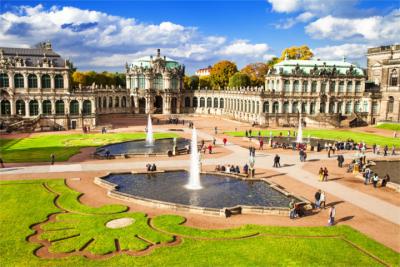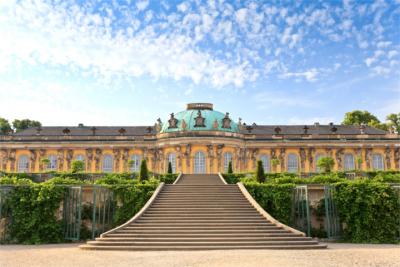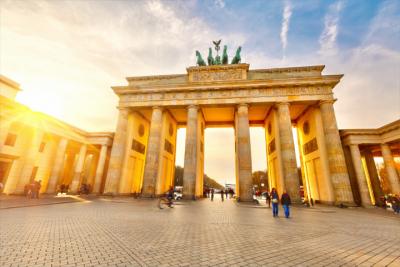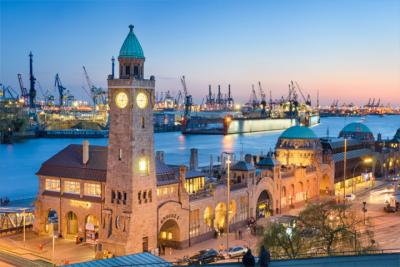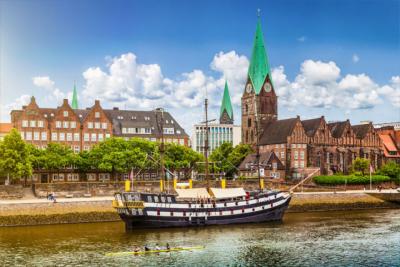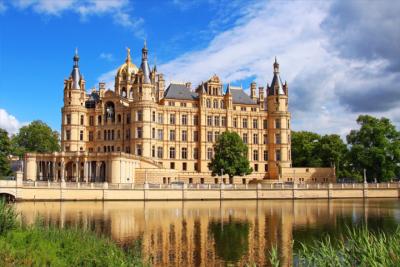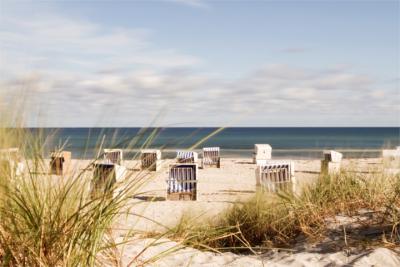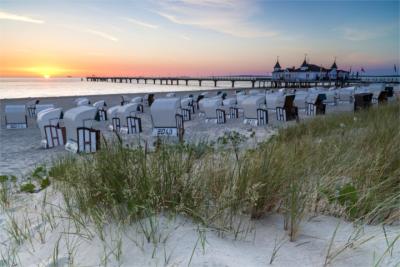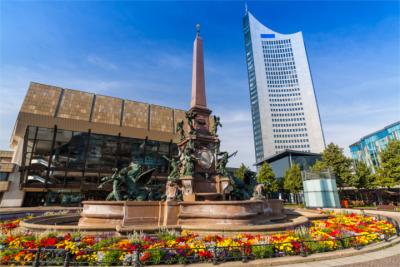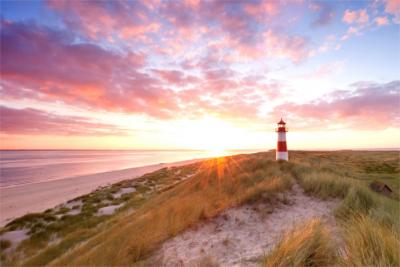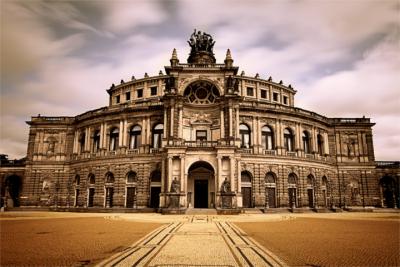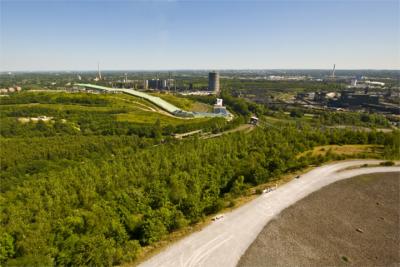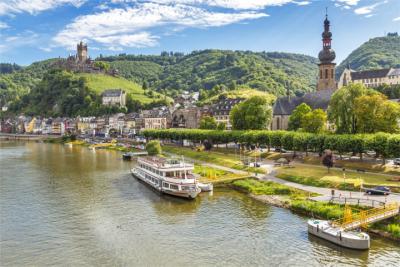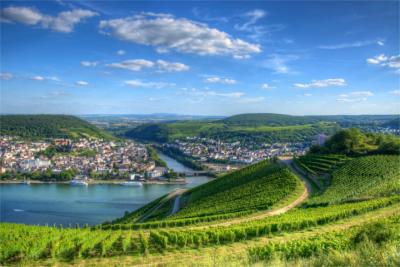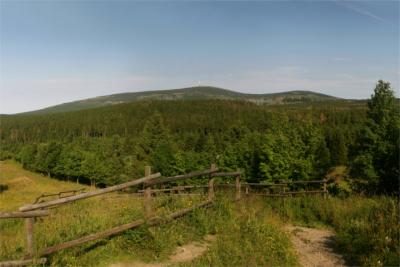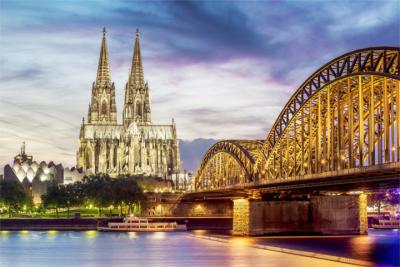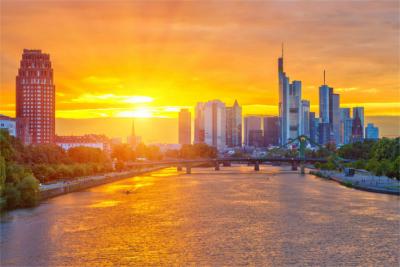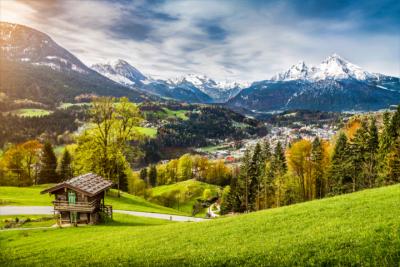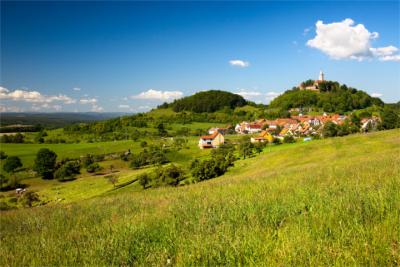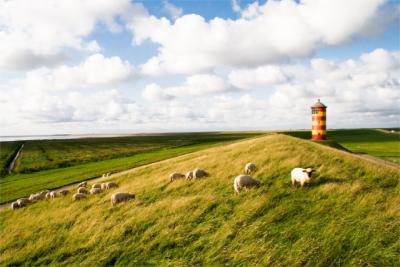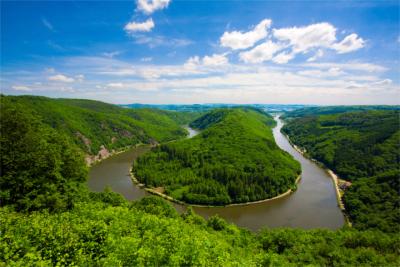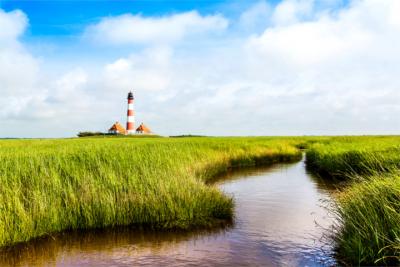Travel Offers
Travelmyne Featureprint
Distance
North Rhine-Westphalia - Economy and Culture at the Rhine
Shaped by the traditions of the former Prussian provinces and the strong branches of the economy in the Ruhr region, North Rhine-Westphalia's cities fascinate with a wide range of art, culture, shopping and party. The state's nature impresses with its diversity - from the lowlands in the north to the forested low mountains in the south.
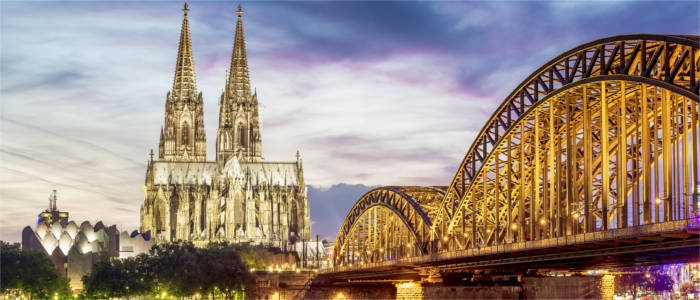
Geography - The Ruhr region, the greatest German agglomeration
North Rhine-Westphalia (short "NRW") is located in the west of Germany and has about 18 million inhabitants, which make it the country's most populous state. In addition, it contains the Ruhr region, which is Germany's greatest agglomeration. The state has an area of 34,085 km² and borders on Lower Saxony in the north, on Hesse in the south-east, on Rhineland-Palatinate in the south as well as on the countries of Belgium and the Netherlands in the west. Its capital is Düsseldorf but the biggest city is Cologne. Other well-known big cities are Dortmund, Essen, Bochum, Wuppertal, Duisburg, Bonn, Aachen, Mönchengladbach and Gelsenkirchen. The climate is mostly temperate with relatively constant temperatures and precipitation. The average yearly temperature is between 5 °C and 10 °C.

Nature - Climbing the Externsteine
The landscape of Germany's fourth biggest state is varied. While the north mainly lies in the North German Plain, the south and east contain parts of the German low mountain ranges (Mittelgebirge). Geographical regions are the Rothaar Mountains, the Egge Hills, the Weser Uplands, the Sauerland, the Wiehen Hills, the Bergisches Land, the Siegerland and the Siebengebirge ("seven hills"). The highest peak is the Langenberg (843 m) in the Rothaar Mountains. The Drachenfels ("dragon rock") in the Siebengebirge is 321 metres high and is the most frequently climbed mountain. Vast parts of North Rhine-Westphalia are very green and covered in forests, meadows, rivers and lakes. The forests are mainly vegetated by spruces but also by oaks, beeches and stone pines. There are about 2,040 plant species as well as a thousand mosses and lichens. The largest among the many lakes is the Möhne Reservoir. Significant rivers are the Rhine, the Weser and the Ruhr. The latter gave the Ruhr region its name. Special features of the region's fauna are the relatively stable population of the wildcat in the Eifel and the existence of the Dülmen pony. Travellers who are particularly interested in natural sights should definitely not miss out on the Externsteine, an impressive sandstone rock formation in the Teutoburg Forest. The zoos in Cologne, Wuppertal and Duisburg are popular destinations with families with children.

Culture - A combination of history, culture and economy
North Rhine-Westphalia was formed of the former Prussian provinces of Rhineland and Westphalia and the Principality of Lippe by the British occupation force in 1946. The industries which shaped the region were coal mining as well as the steel and coal industry. Due to its eventful history and economy, the state has a variety of sights and destinations for day trips. Travellers should definitely visit Dortmund Port, the greatest canal port in Europe, or take a ride with the Wuppertal Suspension Railway, the oldest overhead monorail on earth. Other interesting attractions are the Gasometer in Oberhausen (an industrial monument) as well as Benrath Palace, Moyland Castle, Augustusburg and Falkenlust Palaces and Schloss Drachenburg. Aachen and Cologne Cathedral are part of the UNESCO World Cultural Heritage. In addition, there is a great number of museums. Worthwhile examples are the Imhoff-Schokoladenmuseum (chocolate museum) in Cologne, the German Tank Museum in Munster, the open-air museums in Detmold and Hagen, the Museum Folkwang (an art collection) in Essen, the German Mining Museum in Bochum, the Neanderthal Museum in Düsseldorf and the Bochum-Dahlhausen Railway Museum.
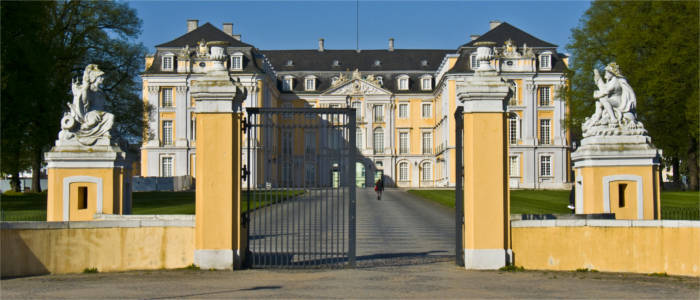
Experience - City trips, leisure parks, sport and a cool Kölsch
Travellers can take part in guided city tours or explore the streets and buildings under their own steam. They will discover countless shopping facilities and a number of good restaurants, in which they can enjoy local and international dishes in a pleasant atmosphere. People often have a pils, either an Altbier (top-fermented dark beer) or a Kölsch (warm fermented beer), to their meal. In the evening, you can party in one of the many bars and clubs in the big cities until the early morning hours. North Rhine-Westphalia has a lot to offer for families, for example the theme parks Phantasialand in Brühl and the Movie Park Germany in Bottrop, the amusement park Wunderland Kalkar and the leisure park Schloss Beck. The Largest Fair on the Rhine in Düsseldorf attracts millions of visitors every year. Holidaymakers who are interested in cultural events like musicals, concerts or the theatre as well as in sports events (especially football) will not go short either. There is a variety of arenas, stadiums and theatres, which cater for all tastes. Sport, culture and art generally play a major role in North Rhine-Westphalia. Travellers find relaxation in the open countryside or in one of the many spa and health facilities.
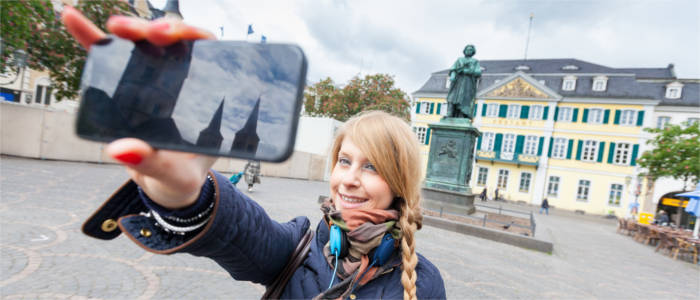
Activities - Leisure activities at every time of the year
Active holidaymakers will never get bored in North Rhine-Westphalia. Besides the 7,000 kilometres of signposted long-distance cycling routes, there is a wide range of hiking trails. The Rothaarstieg (154 km) over the ridge of the Rothaar Mountains is particularly popular. The rivers and lakes are excellently suited for water sports such as surfing, sailing, water skiing, diving, canoeing and kayaking. If you are looking for a rush of adrenaline, you can go climbing in a climbing gym, a high rope course or a former stone pit. Horse lovers get their money's worth too. The Rothaar Mountains are one of the most popular winter sport regions north of the Alps. Their main tourist destination is the town of Winterberg. If you do not want to wait until it is winter, North Rhine-Westphalia has two indoor ski centres in which you can do winter sports at any time of the year and in any weather.
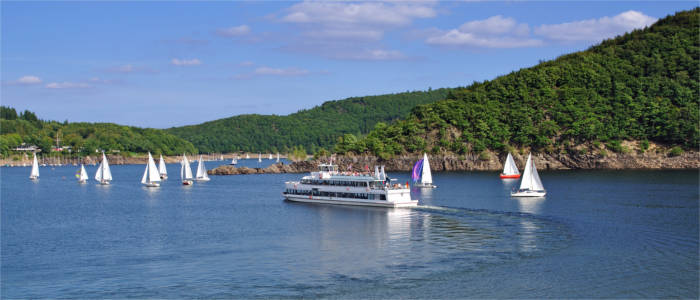
Information
North Rhine-Westphalia is one of the safest German states. Among all the German cities with over 200,000 inhabitants, twelve of the state's big cities have the lowest level of crime in the whole of the country. Number one is Wuppertal, followed by Bielefeld (2), Mönchengladbach (4), Essen (5), Gelsenkirchen (6) and Aachen (10).
North Rhine-Westphalia offers numerous opportunities to be active, travel cities, learn about culture and take a break from everyday life. Shopping, party, sports, culture and art are as important here as outdoor entertainment or relaxation.

